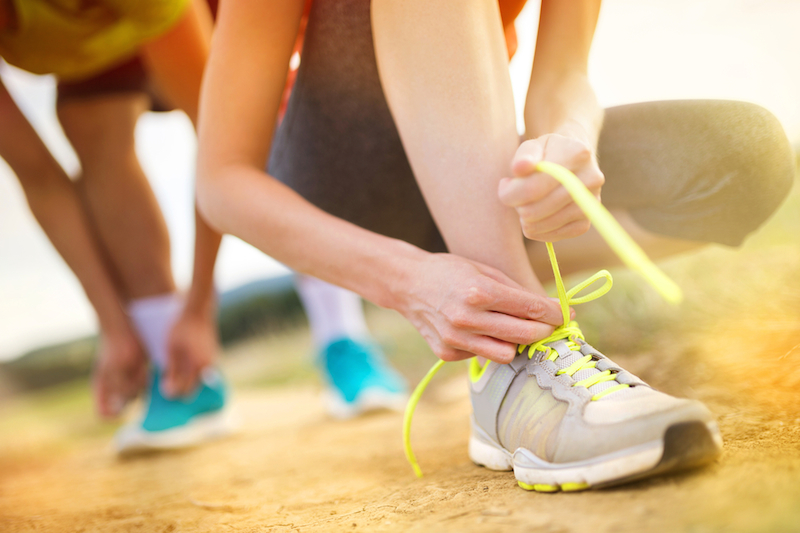Here's How You Can Prevent Foot Blisters While Running

Running can take a toll on your feet, often in the form of painful blisters, but now, scientists say they've shown there's a simple way to prevent this common injury.
All it takes is some paper tape applied to the foot in blister-prone areas before running, the researchers said.
To test this blister-prevention method, the researchers recruited 128 runners who were participating in a 155-mile (250 kilometers) ultramarathon in 2014.
The researchers applied paper tape to just part of each runner's foot, so that the untaped areas would serve as a control. At the end of the race, which took seven days, only 30 runners (24 percent) had any blisters in the taped areas, whereas 81 runners (63 percent) developed blisters in the untaped areas.
"People have been doing studies on blister prevention for 30 or 40 years and never found anything easy that works," Dr. Grant Lipman, a co-author of the study and an emergency-medicine physician at Stanford University Medical Center in California, said in a statement. But the paper-tape method is "kind of a ridiculously cheap, easy method of blister prevention," Lipman said.
The paper tape used in the study is commonly known as surgical tape, and usually costs around 69 cents a roll, Lipman said. It is only partially adhesive, and so it doesn't tear blisters if they do occur, the researchers said. [7 Common Exercise Errors and How to Fix Them]
The study is published April 11 in the Clinical Journal of Sport Medicine.
Get the world’s most fascinating discoveries delivered straight to your inbox.
It's important to note that the findings are based on one study, and so more studies will be needed in order to confirm the results. (In fact, an earlier study by the same group of researchers found that paper tape did not significantly prevent blisters for ultramarathon runners.)
Other methods that have been studied for blister prevention include applying antiperspirants, powders and lubricants. Although one study found that antiperspirants were effective in preventing blisters, nearly 60 percent of people in that study experienced skin irritation from the product, which "likely limits its usefulness," said a 2013 review article.
Lubricants have been found to temporarily prevent blisters, but only for about an hour, after which the substances don't seem to be effective, the review article said. And studies of powders have yet to prove that the products prevent blisters, the review article said.
However, another method, layering socks (with a thick sock worn over a snug-fitting sock) may help with blister prevention, the review article said.
Follow Rachael Rettner @RachaelRettner. FollowLive Science @livescience, Facebook& Google+. Original article on Live Science.

Rachael is a Live Science contributor, and was a former channel editor and senior writer for Live Science between 2010 and 2022. She has a master's degree in journalism from New York University's Science, Health and Environmental Reporting Program. She also holds a B.S. in molecular biology and an M.S. in biology from the University of California, San Diego. Her work has appeared in Scienceline, The Washington Post and Scientific American.
